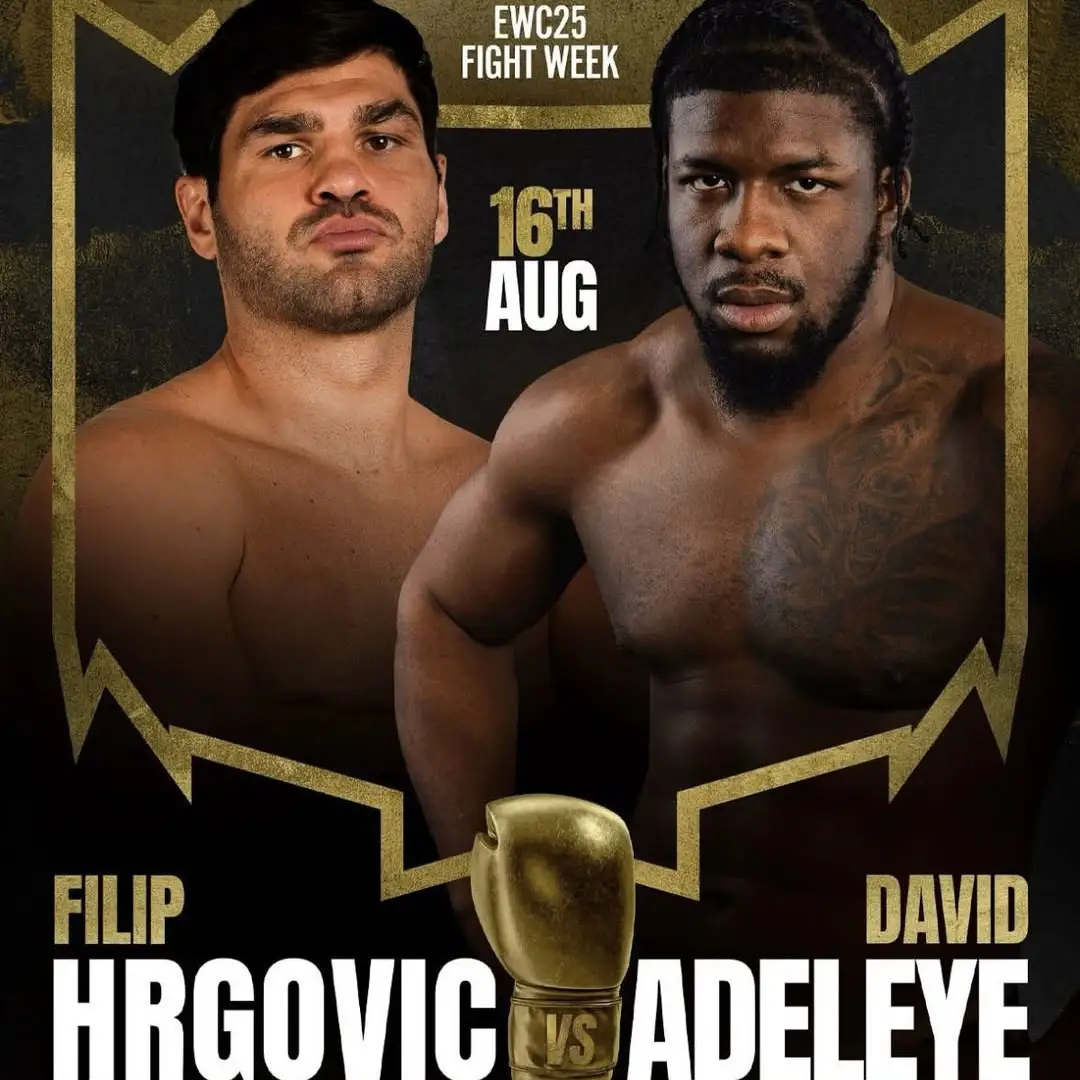
Title: When Trance Meets Trance: What Happens When the World's Best Hypnotists Face Each Other?
Byline: Freeway66 Feature
Picture this: a quiet, wood-paneled conference room. On one side, the world’s most respected medical hypnotist. On the other, the greatest entertainment hypnotist alive.
No capes. No comedy. Just two calm, precise professionals—meeting for the first time.
What happens next isn’t a battle. It’s not a clash of philosophies. It’s more like a slow, knowing smile—two masters recognizing something familiar in each other. Despite vastly different careers, they’ve both spent a lifetime working with the same invisible force: attention.
Let’s clear something up. The swirling spiral, the swinging watch—that’s stage dressing. Useful for cartoons. Harmless visual shorthand.
But they’re not the hypnosis.
At best, they help anchor a person’s focus. But just like an eye chart doesn’t improve your vision, these props don’t alter your mind. That job belongs to someone trained. Someone who understands timing, language, suggestion, and presence.
The tool is not the craft. The hypnotist is.
Strip away the settings and titles, and both kinds of hypnotists—clinical and theatrical—rely on the same deep fundamentals:
Some of the sharpest entertainment hypnotists have astonishing skill—because they have to work fast, live, under pressure. Their mastery is tested every night, in front of an audience.
The medical hypnotist works in whispers. One patient. One story. One trauma, perhaps. Every phrase is calibrated. Every pause matters.
The entertainer? They deal in energy. They scan a crowd of hundreds, looking for the right spark. The ones ready to dive deep and play along. They ride the tempo of laughter, timing, and spectacle.
One is ocean tide. The other is whitewater.
It’s tempting to picture a duel:
"On the count of three, you’ll sleep," says the entertainer.
"Not before your hands begin to tingle," says the doctor.
Both stare. Nothing happens. They nod. Respect.
But truthfully? They wouldn’t compete.
They’d talk shop. They’d listen closely. They’d probably admire how each navigates the human mind in their domain. One could learn about the subtle cues of trauma recovery. The other, the pacing of a live crowd.
Beneath the surface, they’d find the same architecture—just dressed differently.
What’s strange is how near these two worlds are… and how far apart they seem.
And yet—at the core—it’s the same mechanism: shifting awareness. Rewiring perception. Helping someone experience something they didn’t expect.
The best stage hypnotists could cross into the clinical world, if they chose to. Some already have. But the reverse? Much harder. Not every therapist is built for a spotlight and a live audience.
If the world’s best hypnotists ever did sit down together, it wouldn’t be a gimmick. It would be calm, focused, and quietly impressive.
They’d compare techniques. Trade stories. Maybe even run a few exercises—not to show off, but to observe. To understand.
And maybe, over tea, one would finally say:
“We’re in the same line of work.
We just tell the story differently.”
Hypnosis isn’t props or drama or credentials. It’s not applause or therapy certificates. It’s about what happens when someone gives you their attention—and you know exactly what to do with it.
When two true masters of that art meet, there’s no performance.
There’s just quiet control.
And a shared understanding of how deep the mind really goes.